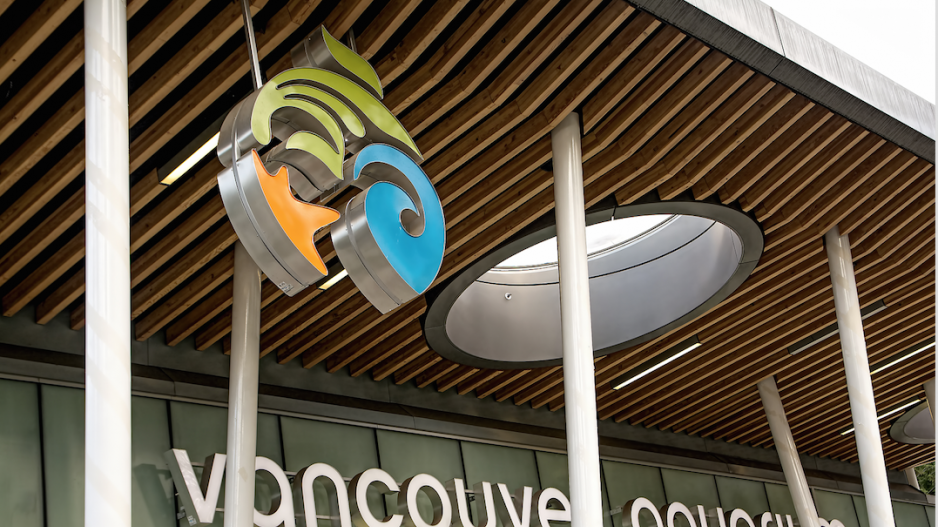The Vancouver Aquarium aims to reverse slipping attendance by featuring temporary exhibitions designed by renowned artists, hosting more after-hours events and creating a permanent Arctic gallery, but its executives have accepted that cetaceans will not be part of the 62-year-old tourist attraction’s future.
The aquarium faced public criticism and questions in the past year after its last two beluga whales died mysteriously, helping prompt the Vancouver park board to vote to forbid the organization to house whales, dolphins and other cetaceans.
The aquarium’s CEO, John Nightingale, told Business in Vancouver that his facility’s first drop in attendance in many years – a 16% decrease to about 975,000 people in 2017 compared with the number of visitors the year before – was primarily due to the controversy surrounding the belugas’ deaths. Nightingale added that tourist visits remained steady while the fall in attendance was entirely due to fewer local residents visiting the site.
The aquarium is the fifth most-visited tourist attraction in B.C., according to a new list that BIV released today (February 6).
“We’re excited about the future,” he said. “We don’t think that [not having cetaceans] diminishes one iota our effectiveness at engaging people, and it certainly is not going to diminish the experience that visitors have.”
The aquarium has not dropped its challenge in BC Supreme Court of the Vancouver park board’s ban, though Nightingale said it will not house cetaceans again even if it wins the case.
Nightingale told BIV that continuing the legal challenge is important to pursue because he wants to stop what he considers to be a dangerous precedent. If the park board can unilaterally change a contract without participation of the other party, he said, there would be nothing stopping the board from suddenly deciding that restaurants in the park can no longer serve hamburgers. City council, similarly, could arbitrarily decide that city art galleries are no longer allowed to display paintings of nude models, Nightingale added.
The three interconnected pools that last year housed false killer whales and dolphins will start to be redeveloped later this year. The space known as the B.C. Wild Coast will house a new Arctic exhibit, which has been planned for more than a decade.
The exact design of the new exhibit has not been finalized but Nightingale said the space will house Arctic species such as cold-water corals, walruses and seals.
The aquarium plans to launch in May what it expects to be a popular exhibit designed by writer and visual artist Douglas Coupland.
Called Vortex, the exhibit will spotlight the growing crisis of plastic pollution in the world’s oceans. The yearlong exhibition will feature sculptures and prompt visitors to reflect on the topic through the displays.
“Science is not the only way to engage people and interact,” Nightingale said. “The exhibit we’re doing this time is unusual because instead of hiring a scientist to curate the exhibit, it’s Douglas Coupland – one of Canada’s premier conceptual artists.”
Coupland, who grew up in Metro Vancouver, gained global fame after he released his 1991 book Generation X: Tales for an Accelerated Culture. He also designed the Digital Orca sculpture of a killer whale, which is installed next to the Vancouver Convention Centre.•




